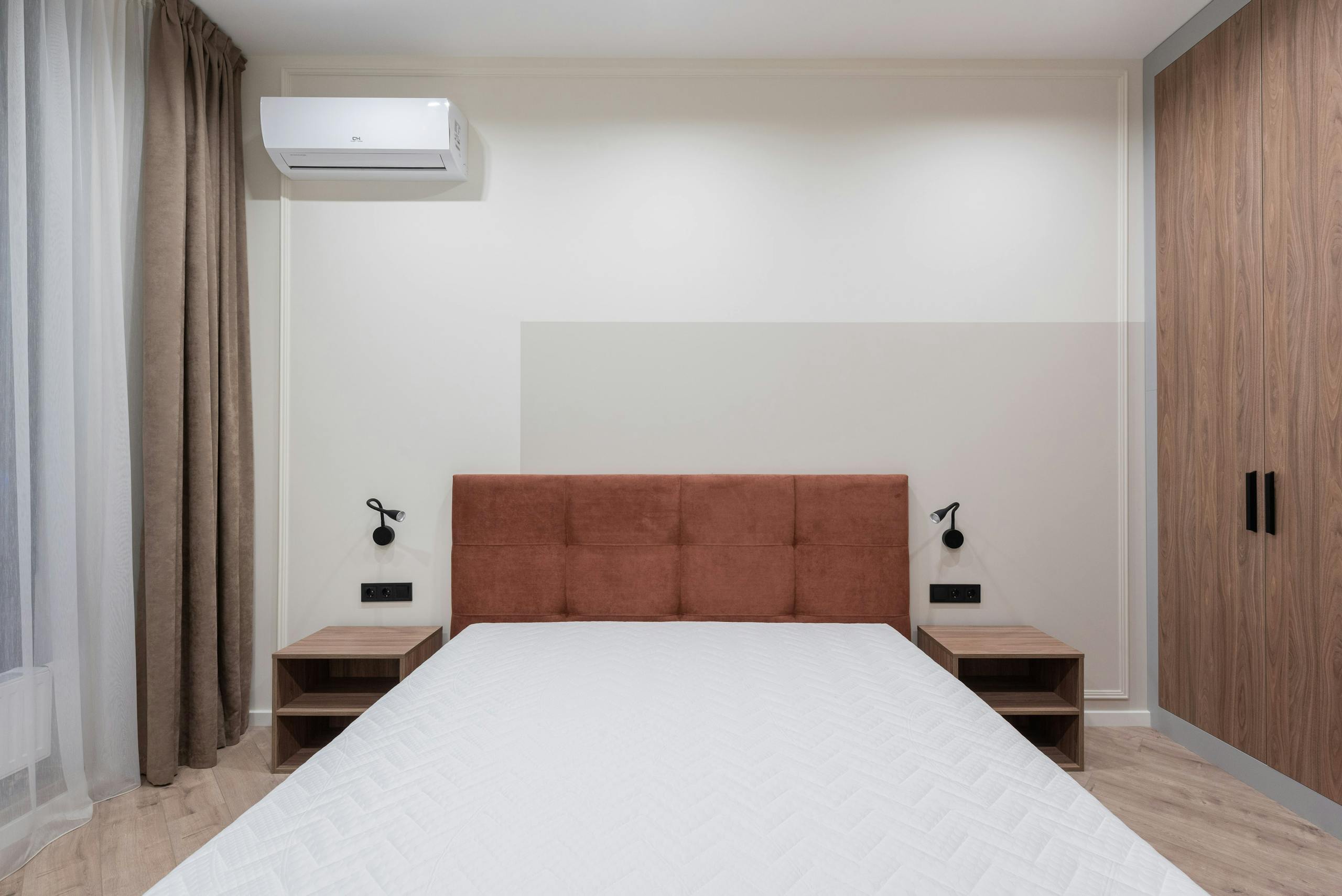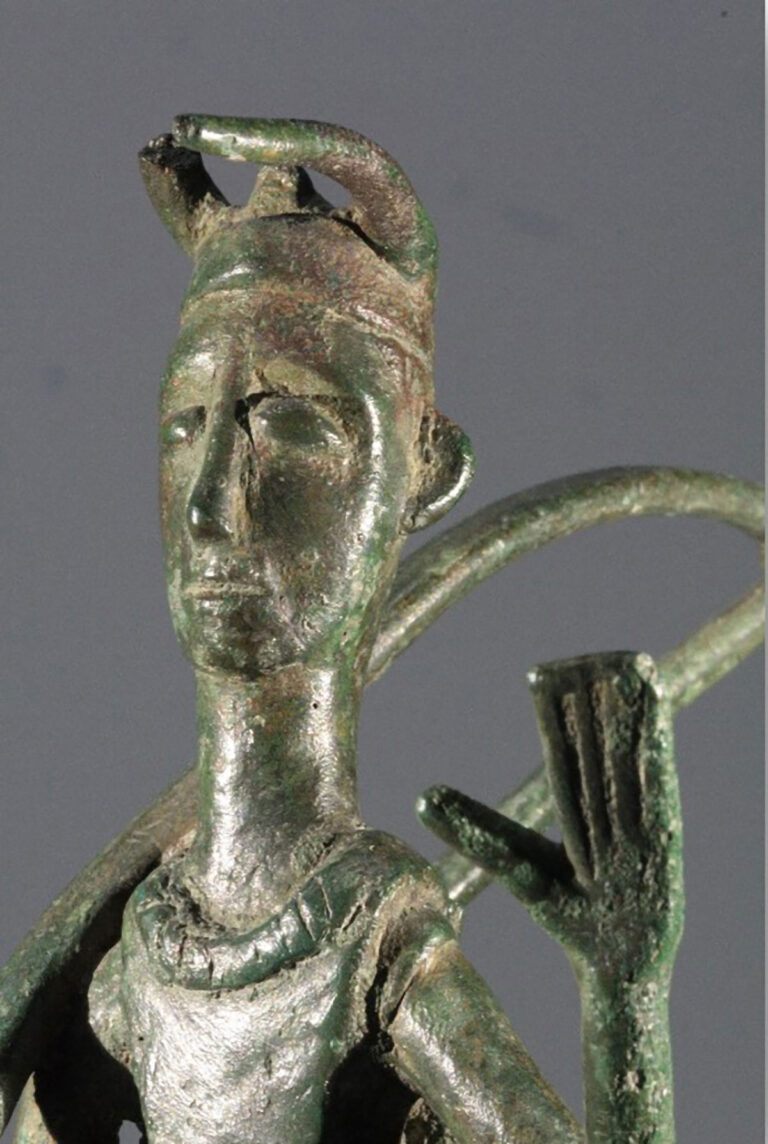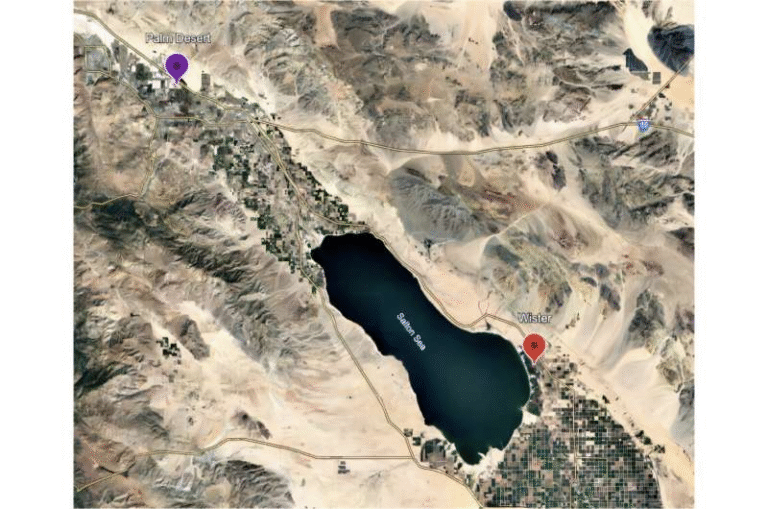A Detailed New Map Reveals How Air Conditioning Is Used Across the United States

A new nationwide study has created the most detailed look yet at how Americans cool their homes, offering a clearer understanding of who has access to effective air conditioning and who may be at risk as heat waves intensify. The research, led by University of Kansas assistant professor Yoonjung Ahn with co-author Christopher Uejio of Florida State University, compiles a high-resolution dataset covering more than 103 million housing units across the continental United States. This new dataset goes far beyond previous national surveys, which often relied on smaller samples or broad geographic categories.
The work matters because, although about 90% of Americans use some form of AC, not all systems are equally capable of handling extreme heat—especially in humid climates. Portable units and evaporative coolers may provide some relief, but they typically perform poorly in certain regions. As climate change continues to push temperatures upward, knowing what kind of cooling people rely on is becoming just as important as knowing whether they have AC at all.
A High-Resolution Dataset That Fills Major Knowledge Gaps
Ahn’s team aimed to produce a dataset that captures AC usage at much finer spatial detail than previously available from sources like the American Housing Survey or the Energy Information Administration. Those datasets often report information only at the county or metropolitan level, and only for locations included in their surveys. They also rely heavily on self-reported data, which can be inaccurate—people sometimes say they have no AC but actually use a swamp cooler, window unit, or portable system.
To overcome the limitations of these large national surveys, Ahn used Dewey’s household-level real estate dataset, which includes detailed housing information but also contains a large number of missing values for AC type. The missingness wasn’t random; certain regions, especially older metropolitan areas like New York City, had high rates of missing AC information.
To solve this, Ahn used a random forest algorithm to impute missing values and then used XGBoost, a machine-learning model well-suited to mixed data types, to classify each home into one of four categories:
- Central AC
- Other AC (window units, portable systems, or non-central setups)
- Evaporative coolers
- No AC
The classification model achieved an impressive 97%–99% overall accuracy, with individual AC-type accuracy ranging from 87% to 97%. Once all homes were classified, the researchers aggregated results down to the census-tract level, producing a detailed map that can support a wide range of real-world uses—from heat-health planning to energy-efficiency policy.
Key Findings About AC Usage Across the U.S.
Because this dataset covers the entire country at high resolution, it reveals several patterns that smaller surveys simply couldn’t capture:
- Urban vs. rural differences were striking.
In rural Oregon, for example, central AC and evaporative coolers were more common, while nearby urban areas showed higher use of central AC, other AC types, or in some cases, no AC at all. - Regional AC preferences matched climate patterns.
Evaporative coolers—systems that work best in dry conditions—were heavily concentrated in California, New Mexico, and parts of the Southwest. - Florida stood out as well, with roughly 20% of homes using “other AC types” rather than central systems. Meanwhile, over 95% of homes in major urban areas were predicted to have central AC.
- Socio-demographic variables influenced AC type.
The model identified the proportion of Hispanic residents in a region as a meaningful predictor of evaporative cooler use and of other non-central AC types. This reflects existing patterns in several Western states with high Hispanic populations. - New York City proved to be an exception.
Its housing stock is older, incomes vary widely, and AC setups differ significantly from other regions. This led to less accurate predictions for NYC and illustrated the limitations of relying on national-level models for unique metro areas.
Limitations and Future Directions in AC Research
While this new dataset marks a major step forward, Ahn notes several challenges:
- Missing data remains a problem, especially in cities like New York, where incomplete housing records make predictions less reliable.
- The dataset describes current conditions only—it doesn’t show how AC use has changed over time.
- Ahn hopes to create a historical dataset going back to 1980, which would be the first of its kind since that was the last time the U.S. Census Bureau conducted a nationwide AC survey.
- Self-reported surveys still play a role in validation, but people don’t always describe their AC setups accurately.
As her lab grows at the University of Kansas, Ahn plans to combine additional data sources to improve the accuracy and coverage of future datasets and to conduct follow-up research to better understand long-term AC trends.
Why This Research Matters for Heat Resilience
Heat is one of the deadliest natural hazards in the United States. Understanding who has effective cooling—not just who has any cooling—is essential for public health and climate resilience planning. For example:
- Public-health agencies can use this dataset to identify cooling-vulnerable neighborhoods, especially during heat waves.
- Emergency managers can better locate cooling centers, especially in rural areas where residents may lack alternatives.
- Energy-efficiency programs can target homes that rely on inefficient AC types, helping households reduce electricity use and avoid unnecessary costs.
- Urban planners and housing advocates can use the data to better understand inequities in cooling access, which often align with race, income, and historical housing policies.
Additional Background: What Makes AC Types So Different?
While many people think of AC as a single technology, the four types identified in the study behave very differently:
Central AC:
Efficient and effective in most climates, central AC systems cool entire homes and are the most common form of AC in the U.S. They require ductwork and a significant upfront investment.
Other AC Types:
This category includes window units, portable AC systems, and ductless setups. These vary widely in quality; while some window units are highly efficient, portable AC systems are often the least effective type and can struggle in high humidity.
Evaporative Coolers (Swamp Coolers):
Popular in hot, dry climates, these systems cool air by evaporating water. They use far less energy than traditional AC but fail in humid regions and provide limited temperature control.
No AC:
Lack of any cooling system poses major health risks during heat waves. People without AC often rely on fans, which do not significantly lower indoor temperature and may offer minimal relief.
Understanding these distinctions is crucial for heat-vulnerability assessments—especially as summers continue to warm across the country.
Research Paper:
A Comprehensive Dataset of Residential Air Conditioning Prevalence in the Continental United States
https://www.nature.com/articles/s41597-025-06104-3





